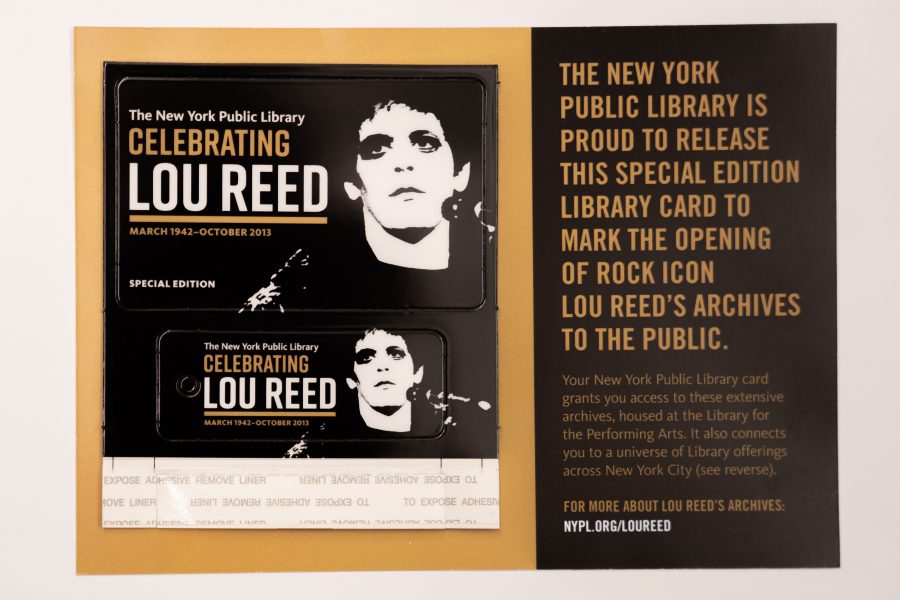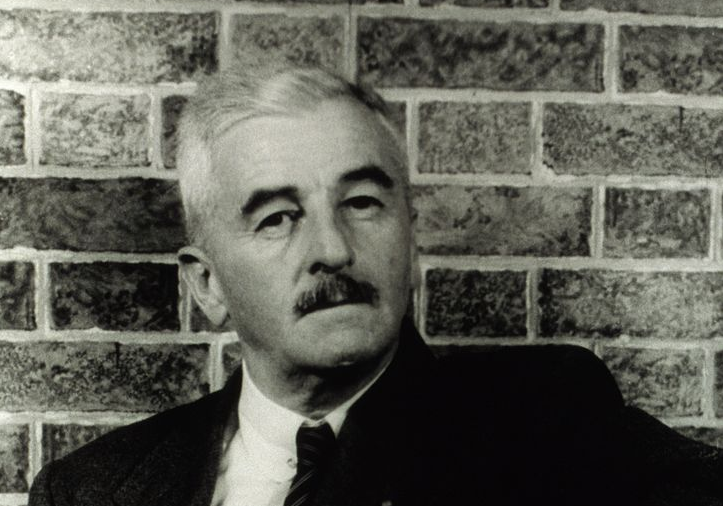The Endless Summer is over. The archetypal 1966 surf documentary might have been scored by The Sandals, but the sound and the cultural dominance of surf culture would perhaps never come into being, and may not have survived the decade, without Dick Dale, who died on March 18th at the age of 81. His gnarly, menacing guitar on songs like “Miserlou” and “Pipeline” turned a fad dominated by the teen anthems of The Beach Boys and Annette Funicello’s post-Mouseketeers bikini and beehive into genuinely gritty rock and roll.
Dale’s sound defined the risky wanderlust of surfing that early skateboarders picked up on in the 70s and 80s, snowboarders in the 90s, and so on. Hundreds of guitarists stole from his distinctive technique long after the 60s surf rock craze died at the hands of British invaders. Dale rode the sound into the 21st century, touring and performing across a United States whose popular culture he helped invent by appearing on (where else) The Ed Sullivan Show.
But it’s arguable whether his fame would have survived as long without Quentin Tarantino’s shrewd use of “Misirlou” in Pulp Fiction’s opening credits. It so happens that Dale almost didn’t survive past the sixties himself. If he had died from what seemed like a terminal cancer in 1965, it’s possible surf guitar would have died with him, become a curious relic rather than a living tradition.
Jimi Hendrix thought so—at least according to Dale in the liner notes to 1997’s Better Shred Than Dead: The Dick Dale Anthology. “Then you’ll never hear surf music again,” Hendrix supposedly said. Maybe in the purest sense, it’s true. Only Dale truly “transferred,” as he put it, the “tremendous amount of power” of surfing into the guitar. His playing was an extreme sport; his shows were “stomps”; the audience never stopped moving for a minute, whooping and hollering along with him.
And still, his cavernous guitar filled ballrooms. He pushed Fender to build louder and louder amplifiers, and everyone else along with them. Like Hendrix, he was a lefty who played a flipped-over right-handed Fender Strat. Yet Dale didn’t restring the guitar, effectively playing it upside-down. He used the heaviest strings he could find, the loudest amps that could be made, and more reverb than anyone had previously thought advisable. “Bands like the Beach Boys,” writes Amanda Petrusich at The New Yorker, “often sang about surfing,” but the genre Dale invented “was wet and gnarly and unconcerned with romance or sweetness.”
His style earned Dale the title of “King of the Surf Guitar,” also the title of his second album and a fact he liked to trumpet as often as he could, along with claims that he was called the “Father of Heavy Metal.” (Link Wray might like a word.) He was a tireless promoter and performer without whose influence there may’ve been no Endless Summer-scoring Sandals or Surfaris’ “Wipe Out”—surf culture essentials that traveled the world.
Surf rock became a niche sound, popular with increasingly specialized audiences, before Quentin Tarantino made it cool again. Pulp Fiction’s use of the song was not an ironic detournement, but a genuine reminder of how dangerous Dale sounded. He buzzsawed through the early-sixties scene of skinny ties and big hair. The footage of him above playing “Misirlou” with The Del Tones—all of whom wear terrified smiles and identical suits, above—is strangely Lynchian.
Part of the incongruity comes from watching square white Americans bounce through a haunting Egyptian folk song, while looking like they should be playing “Mr. Sandman.” Dale made 50s pop seem childish, and sound-tracked the entry of mildly adult situations in 60s surf movies. He deserved to have fared better from his influence and fame.
Dale’s last couple decades were spent like too many other people in the U.S. He couldn’t stop touring, he said, “because I will die. Physically and literally, I will die.” After his first recovery from colorectal cancer in 1965, he continued to battle the disease,” writes The Washington Post. “Up until the end of his life, Dale was explicit that he toured to fund his treatment” after his cancer returned. He couldn’t retire even when his career rebounded, twice after his early sixties’ heyday: first in 1987 when he recorded “Pipeline” (further up) with Stevie Ray Vaughan and again after Pulp Fiction.
His fans continued to support him not because he was a hip nostalgia act, but, he said, because he grew and branched out as a guitar player and he was honest about his difficulties, and people connected. He was an American original. The son of Lebanese immigrants, he took the music of his parents’ home country, blended it with country swing and blues, and played it dirty, wet, and as loud as it could go, something no one had quite done before and thousands have done since.
Related Content:
Quentin Tarantino Explains The Art of the Music in His Films
The Beach Party Film: A Short Appreciation of One of the Oddest Subgenres in Film History
A History of Rock ‘n’ Roll in 100 Riffs
Josh Jones is a writer and musician based in Durham, NC. Follow him at @jdmagness



















